Passing a previously unnoticed quirky little shop or marveling at a building usually overlooked along a daily route are common occurrences here. Regardless of location, everyone typically recalls the perplexity of discovering something cool only blocks away from home after having settled in weeks, months, or even years ago. Yesterday alone, it happened to me three different times.
 In a halfhearted effort to be fit, I forced myself to go on a run around the city. It turned out to be a little bit of jogging accompanied by a lot of walking and meandering. Getting lost here does not seem scary, especially with
In a halfhearted effort to be fit, I forced myself to go on a run around the city. It turned out to be a little bit of jogging accompanied by a lot of walking and meandering. Getting lost here does not seem scary, especially with  the comfort of knowing that the Czech Republic has been named the sixth safest country in the world. While attempting to understand the map, I glanced up from my phone screen to realize I was standing directly next to the perfect combination of a street fair and a farmer’s market. Underneath one tent I saw an extremely delicious-looking arrangement of berries. The fact that I only needed to fork over 28 czk (1.38 usd) made them seem that much more appealing. Unfortunately, I had no cash so I left without tortuously walking further. I later found out that “Havel’s” is open every week day from 8:00-16:30 so I’ll surely return. Also, yes, they use 24-hour time here which I love since I believe it’s more practical. To my pleasant surprise, I walked away realizing I was hardly half a mile from my apartment.
the comfort of knowing that the Czech Republic has been named the sixth safest country in the world. While attempting to understand the map, I glanced up from my phone screen to realize I was standing directly next to the perfect combination of a street fair and a farmer’s market. Underneath one tent I saw an extremely delicious-looking arrangement of berries. The fact that I only needed to fork over 28 czk (1.38 usd) made them seem that much more appealing. Unfortunately, I had no cash so I left without tortuously walking further. I later found out that “Havel’s” is open every week day from 8:00-16:30 so I’ll surely return. Also, yes, they use 24-hour time here which I love since I believe it’s more practical. To my pleasant surprise, I walked away realizing I was hardly half a mile from my apartment.
A similar moment of bewilderment came when I explored the cemetery directly next to our study center in Vyšehrad. I had decided to leave early for class to slowly walk and soak in the (slightly-warm-when-the-brisk-wind-stops) sunshine. Right before I arrived, I noticed a gate propped open and curiously peaked in. The enormity of the cemetery baffled me, mostly because I had passed its large walls almost every day without knowing. The uniquely alluring aspect is due to the piles of green leaves pouring over the massive graves. The intricate stones and flowing nature had drawn me in so much I almost walked in late to my first class of the semester.
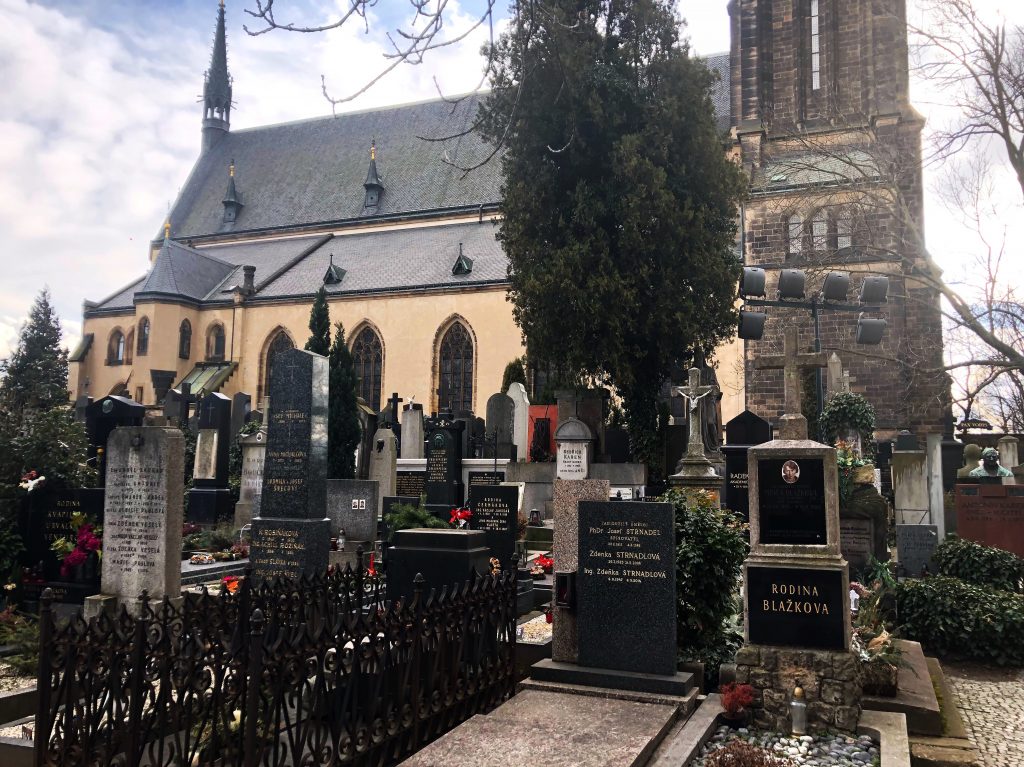
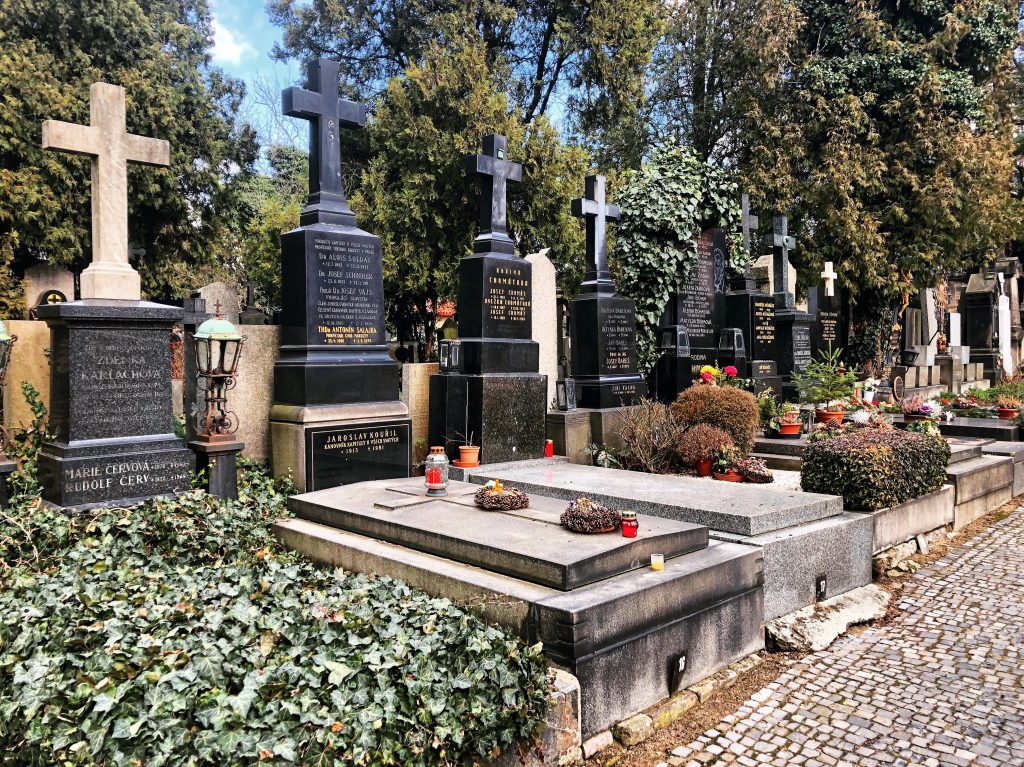
The sunny day turned turned into a moonlit evening by the time I headed home. A friend revealed an alternate path home that included a mesmerizing view of Prague’s twinkling lights across the river. Having been thrown for a third loop, I quite understood the lesson of my day . . . Getting lost has benefits and we should all do it bit more, even if it has to be on purpose.
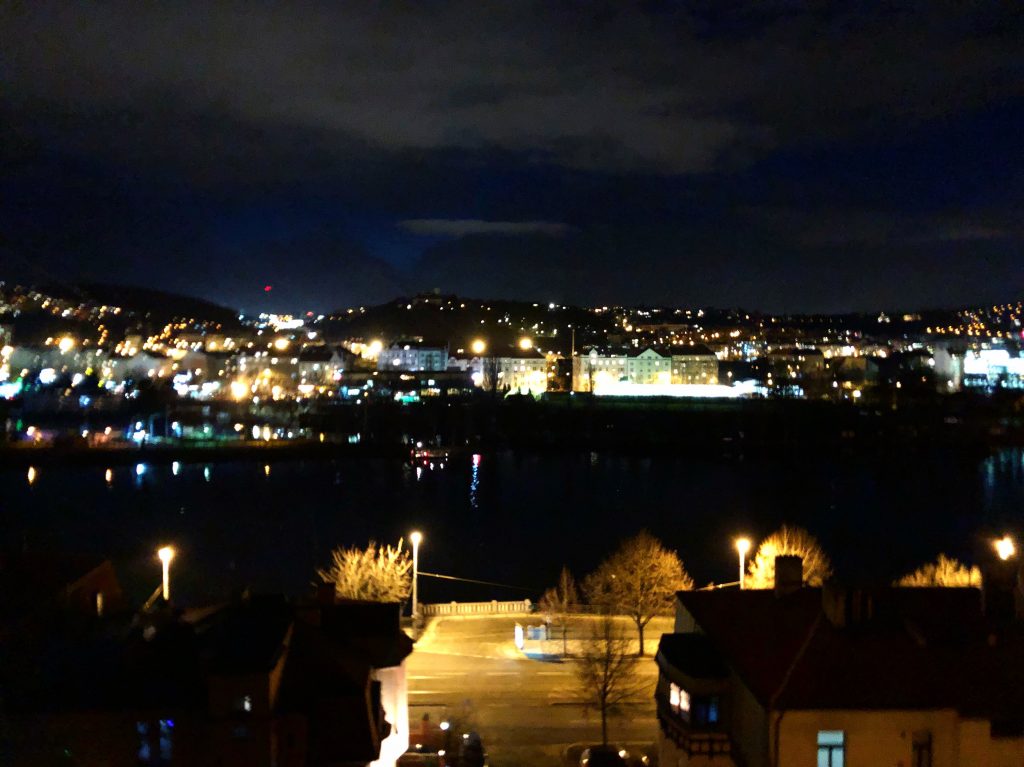
Fun Fact: The CIEE study center, the cemetery, and the church are all located in Vyšehrad, a historic fort built in Prague around the 10th century.


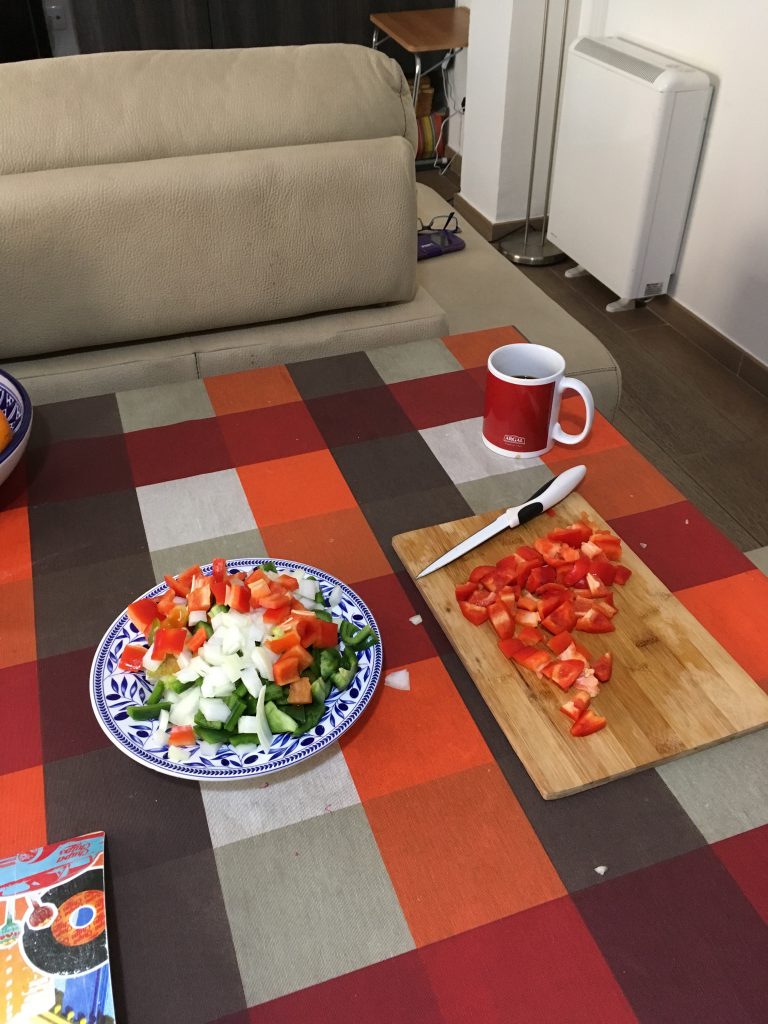
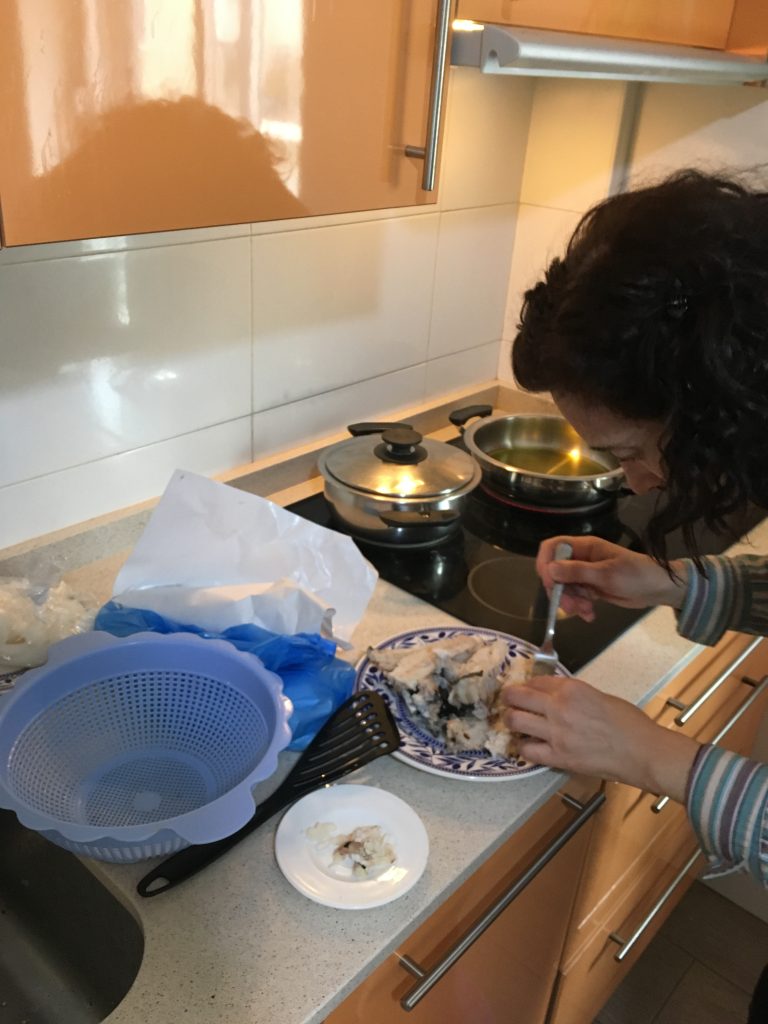 he far right). Once the oil is hot, throw in all your veggies.
he far right). Once the oil is hot, throw in all your veggies.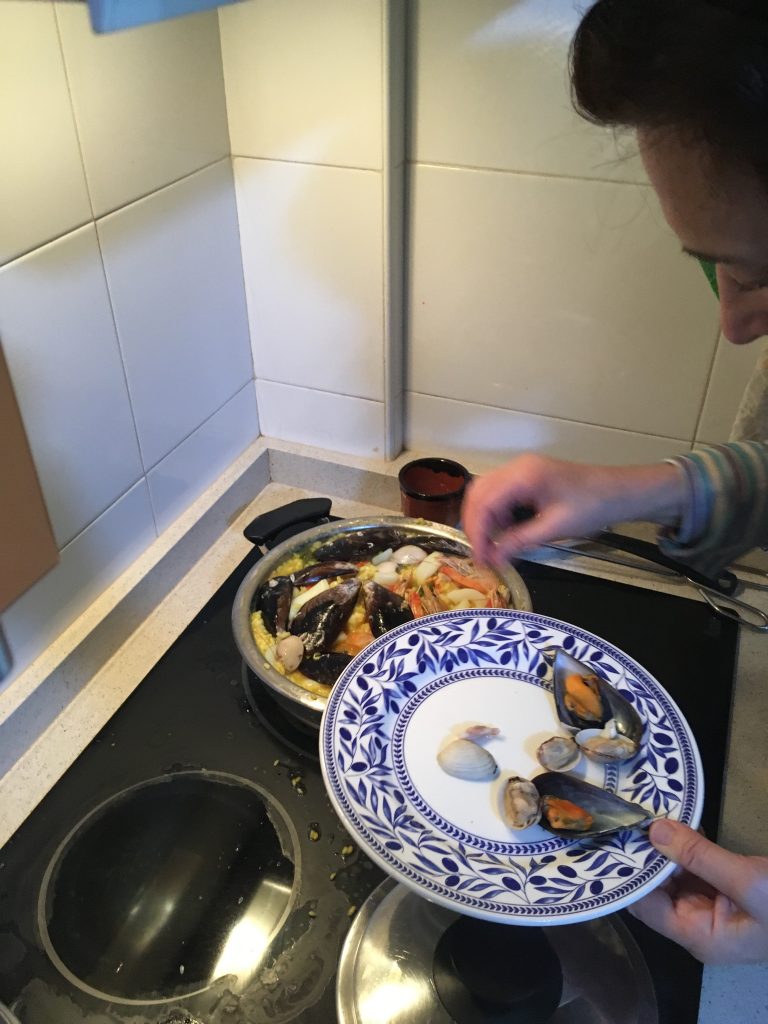 l the seafood!)
l the seafood!)
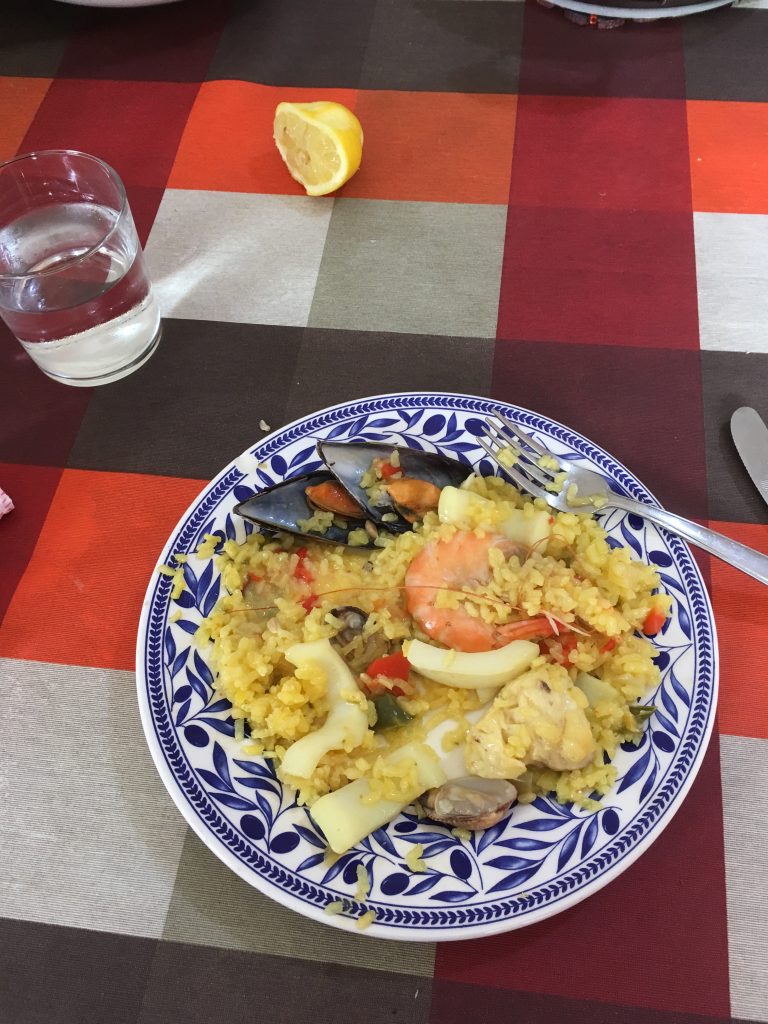



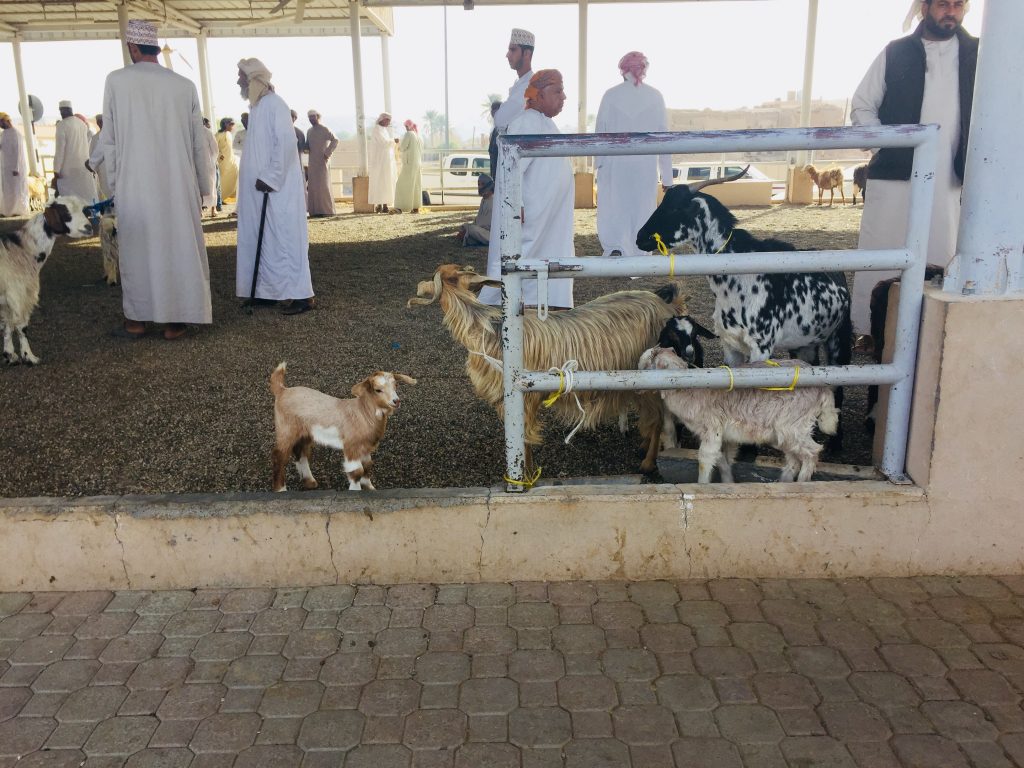

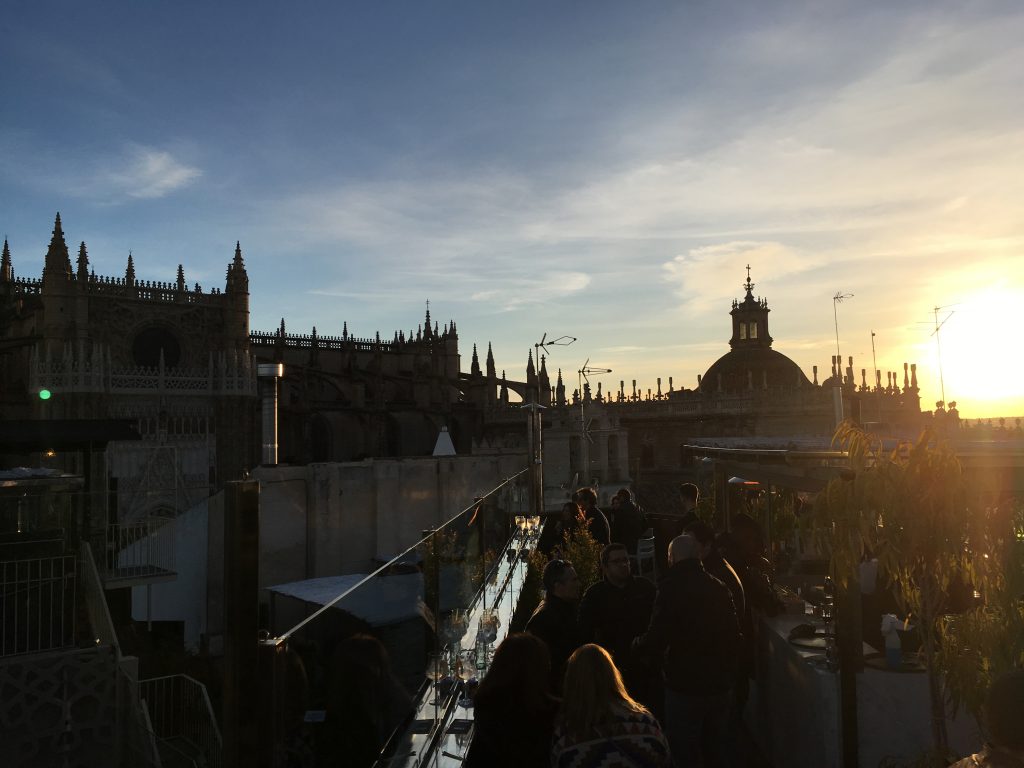
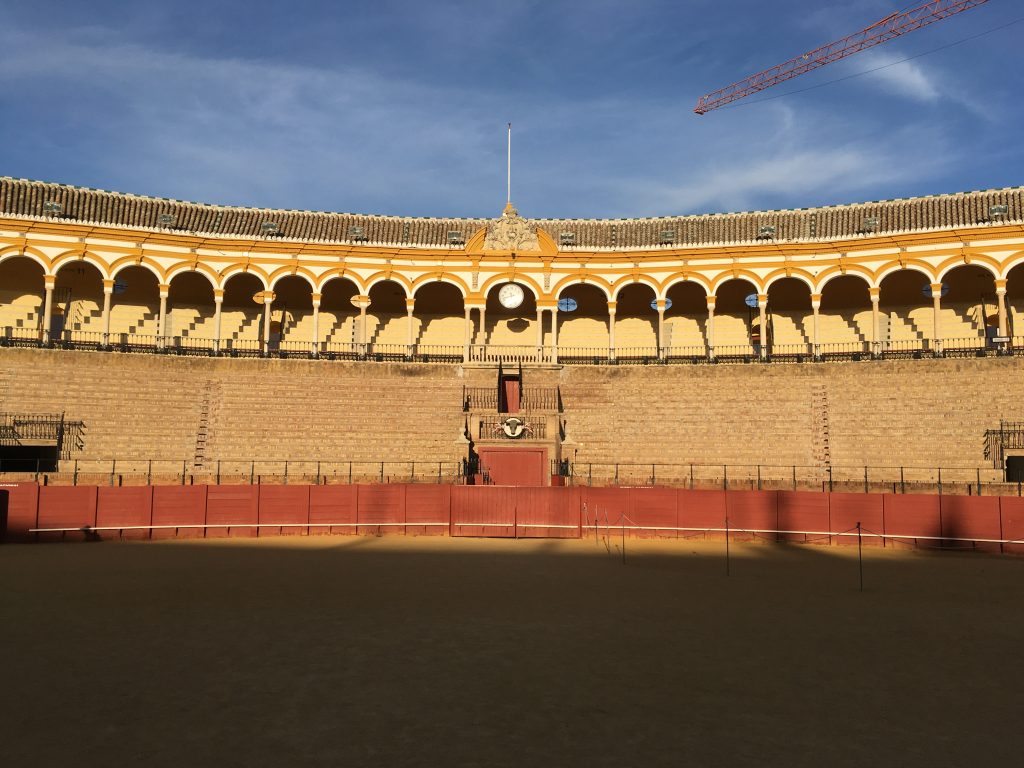
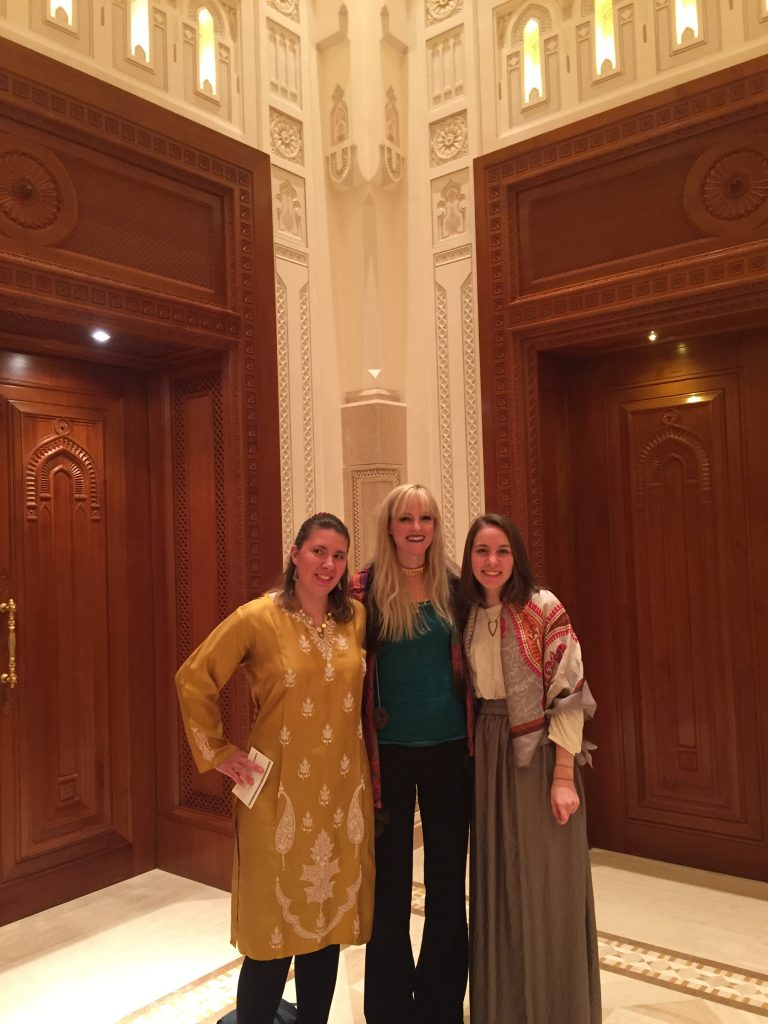









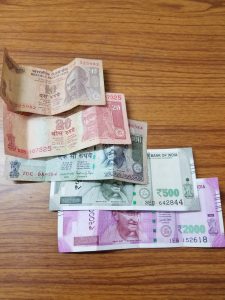


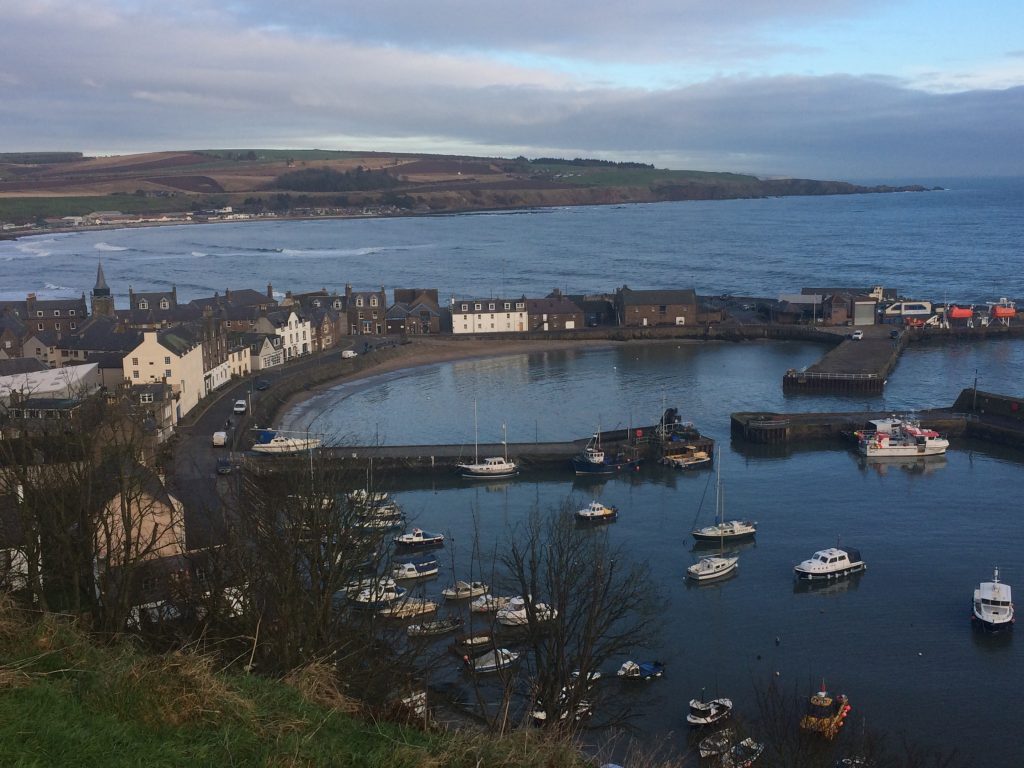
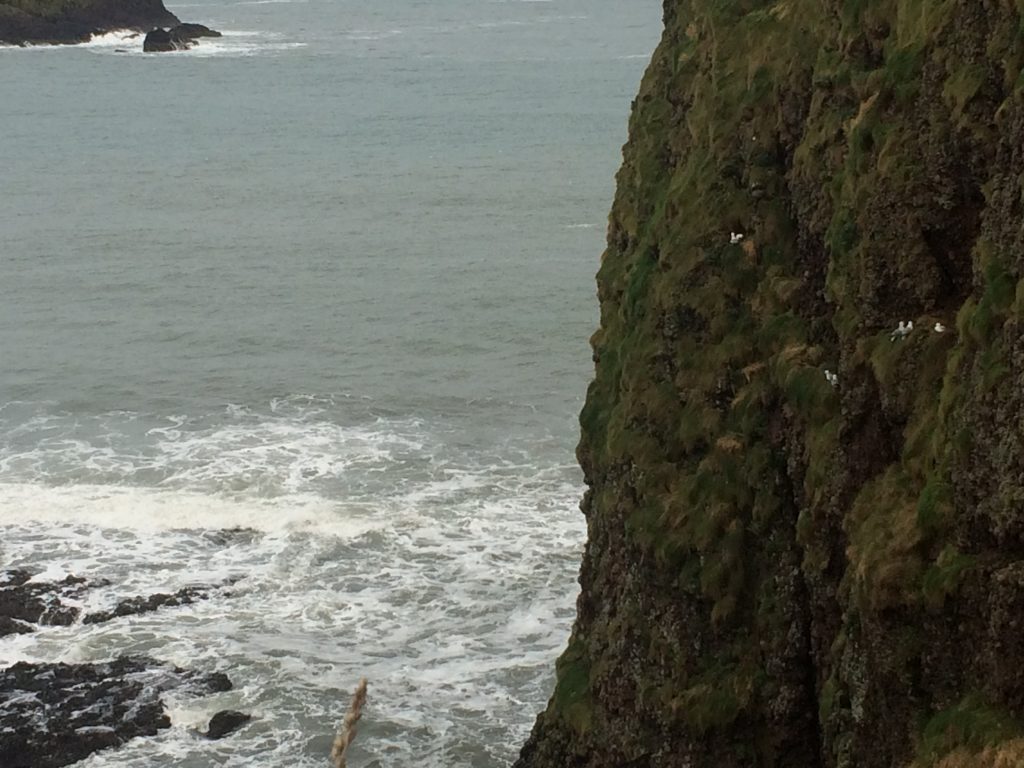
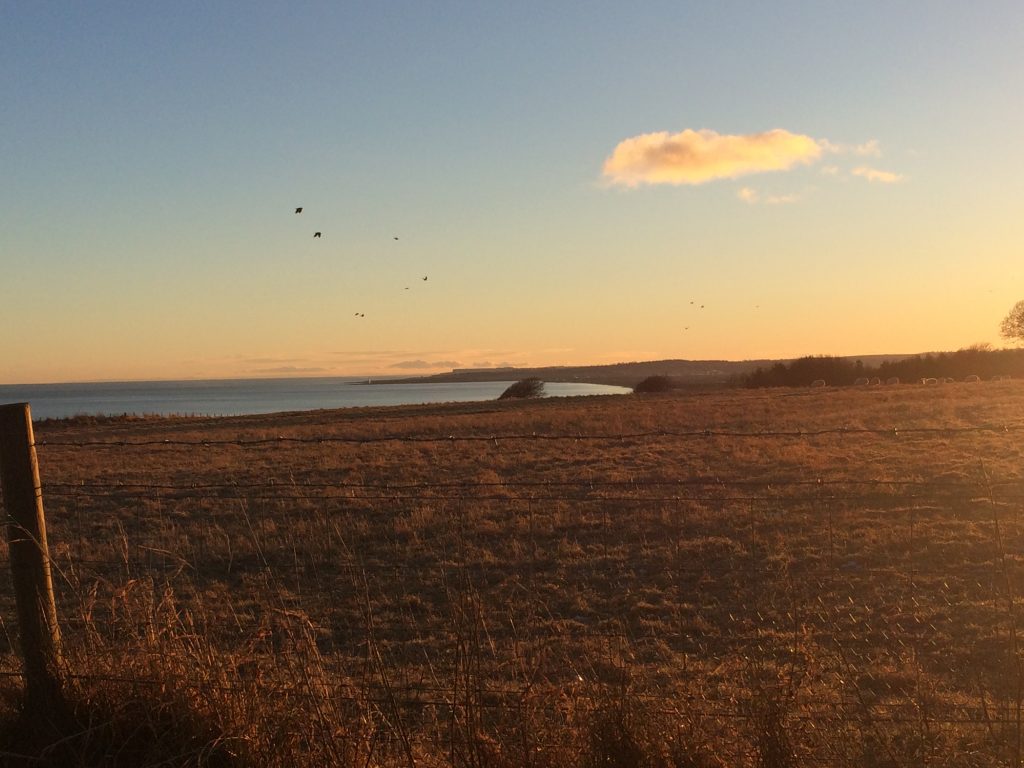
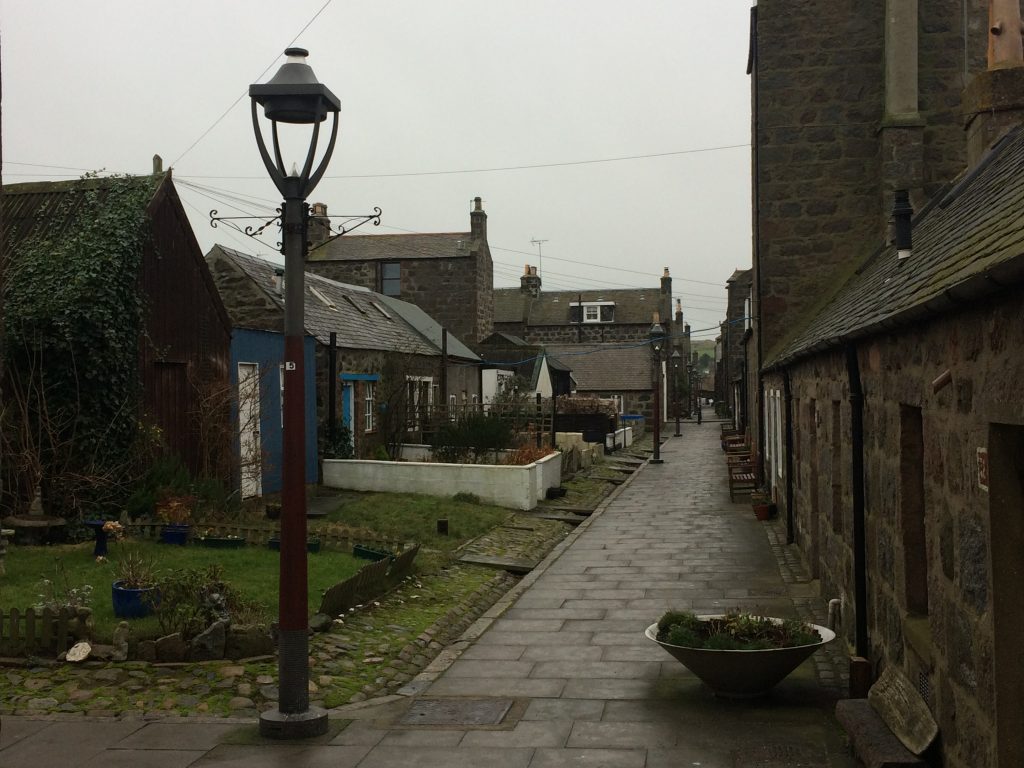
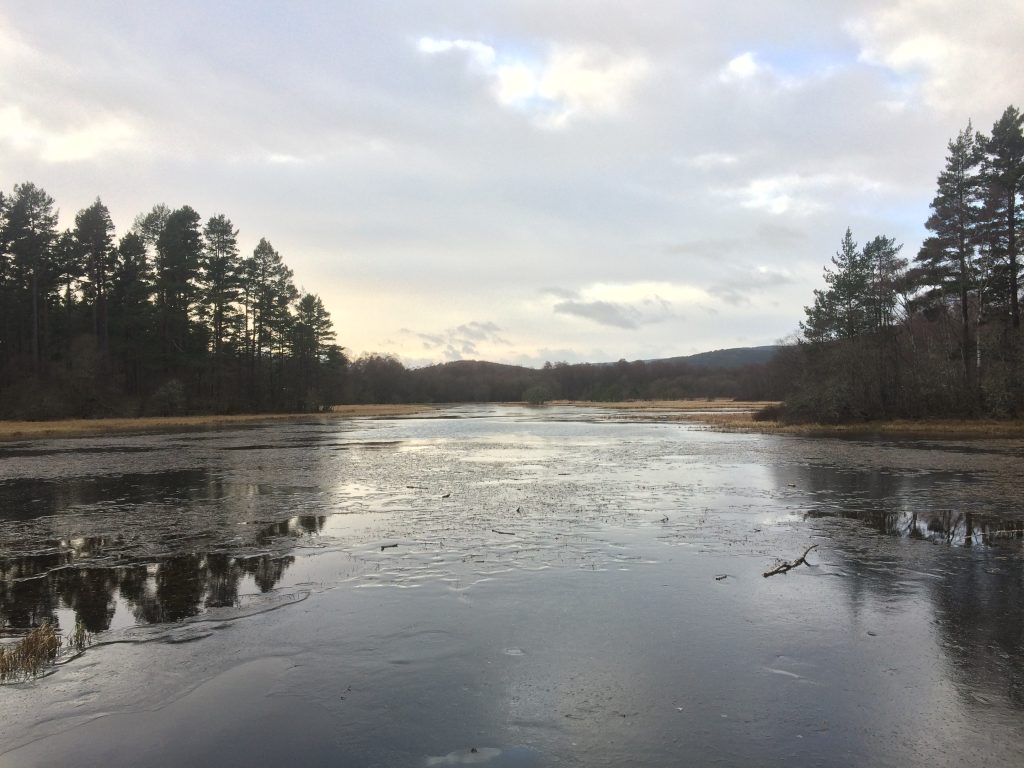
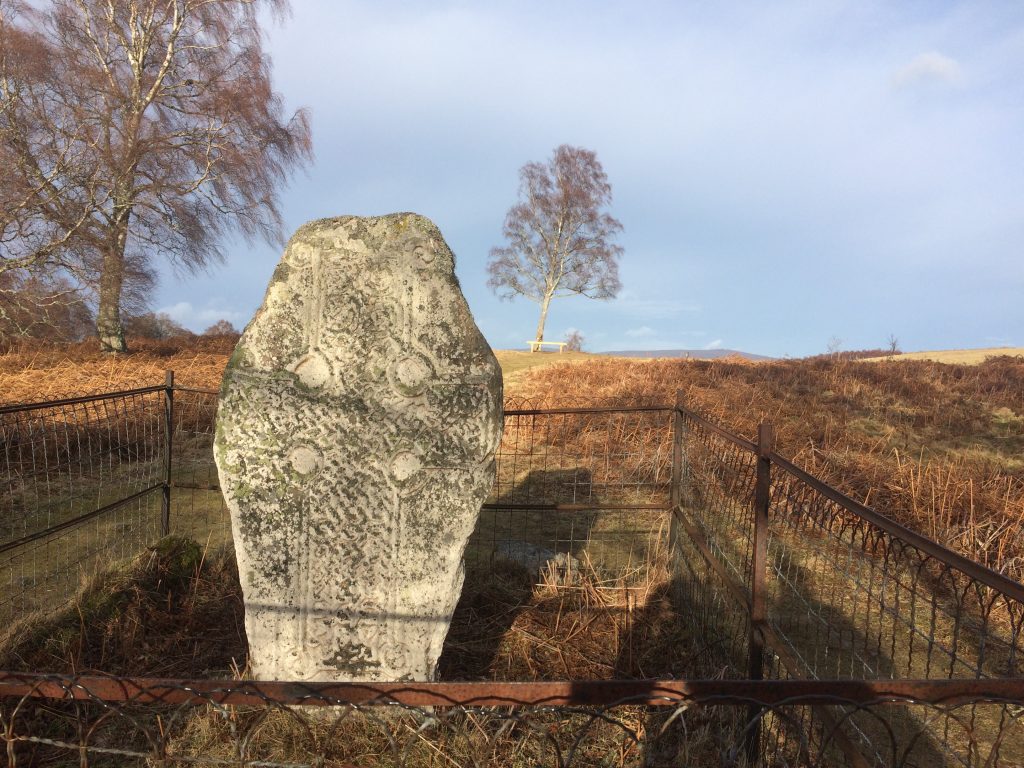
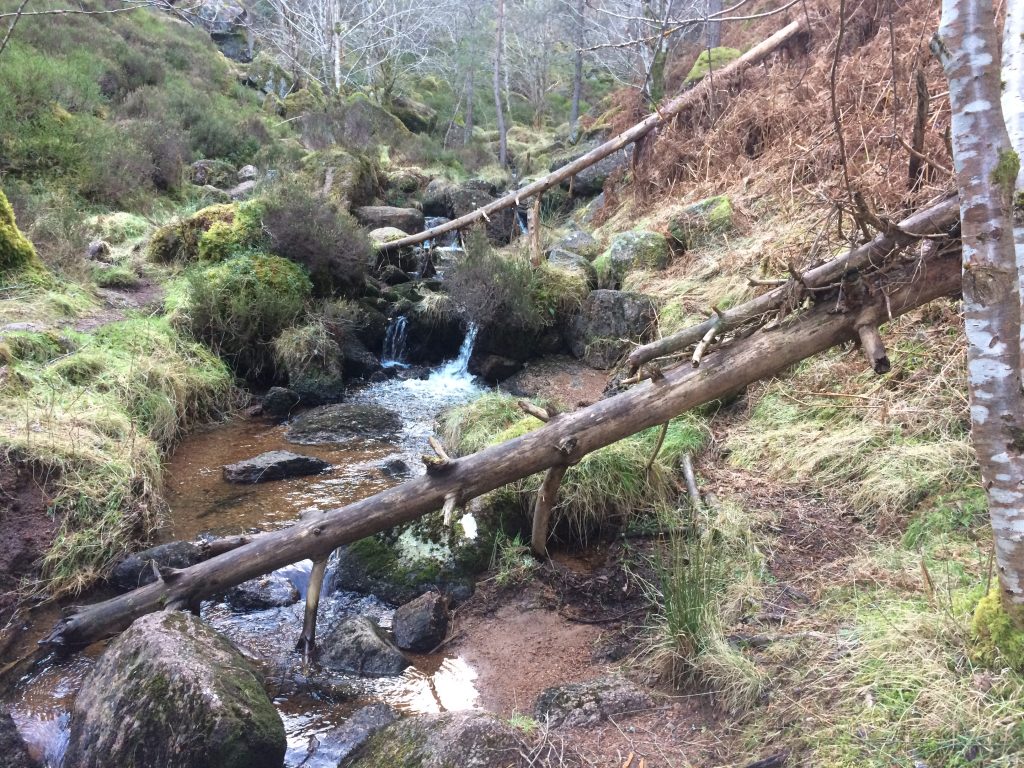
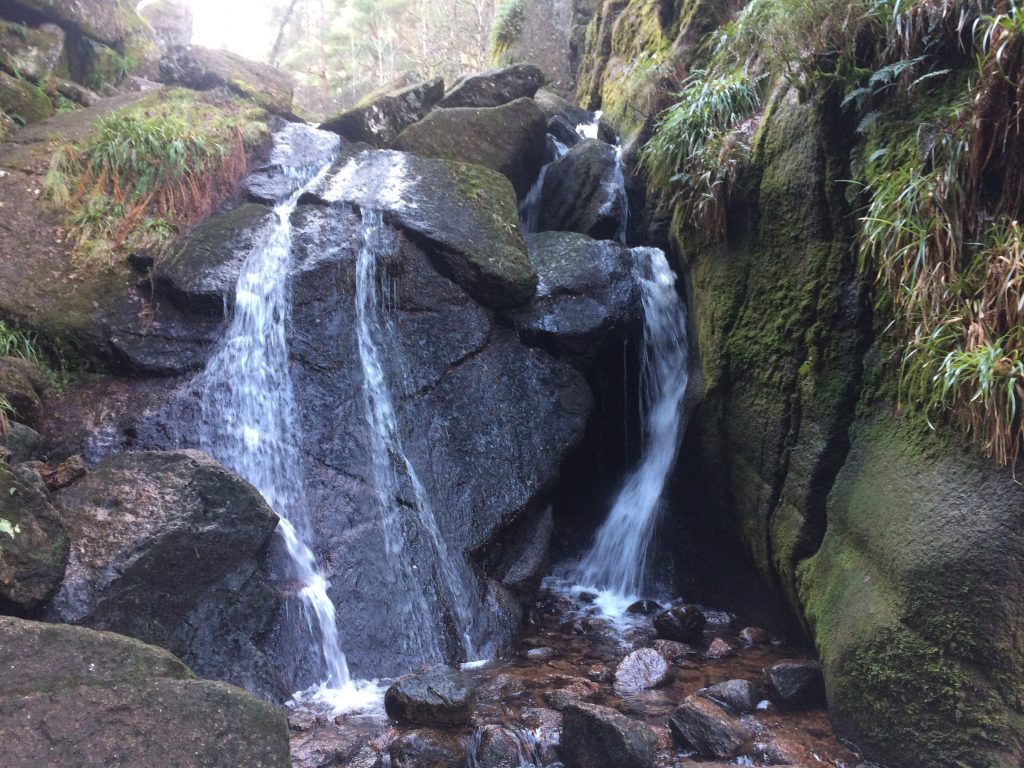

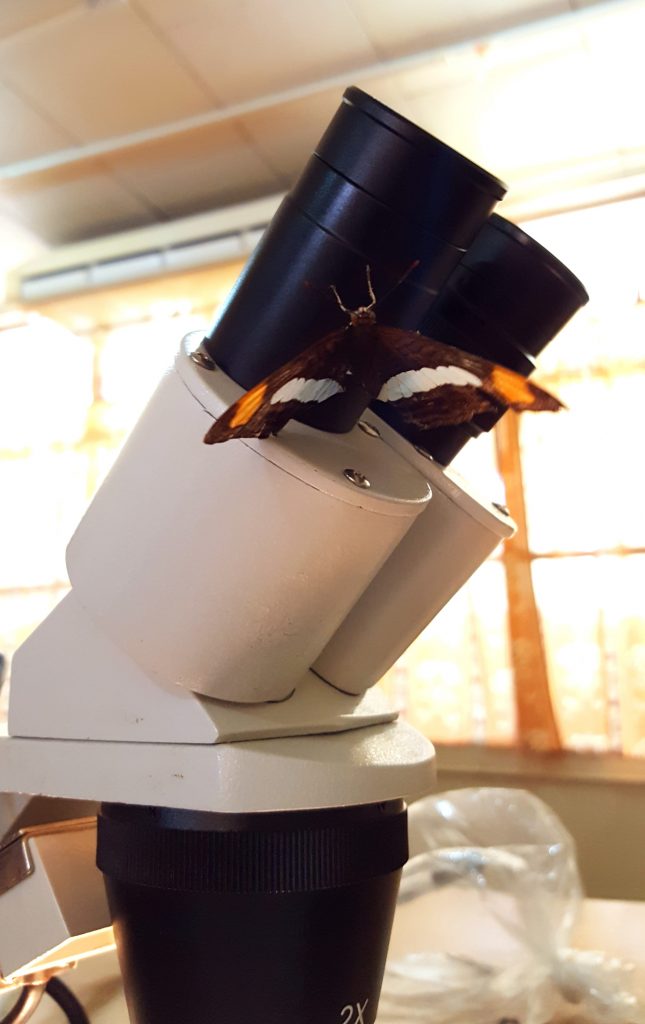
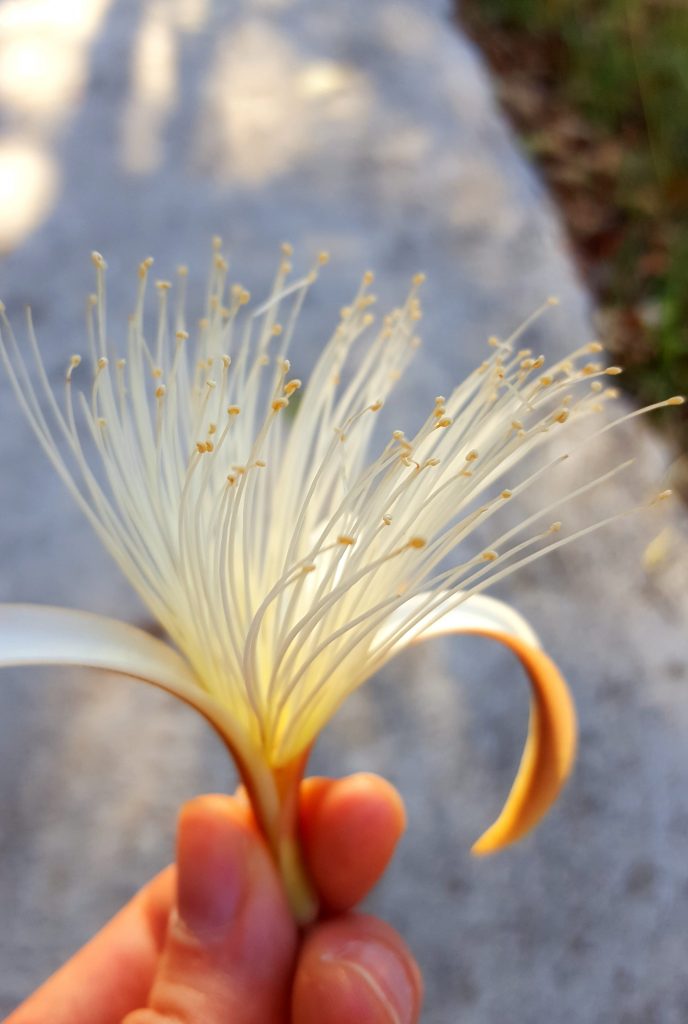

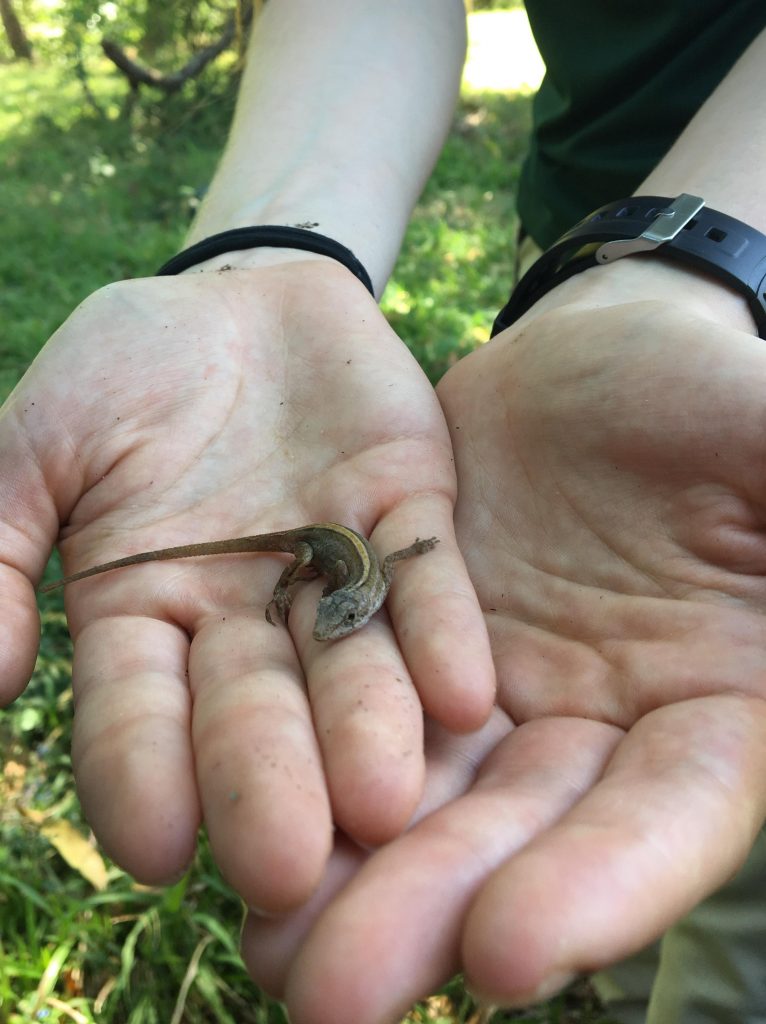




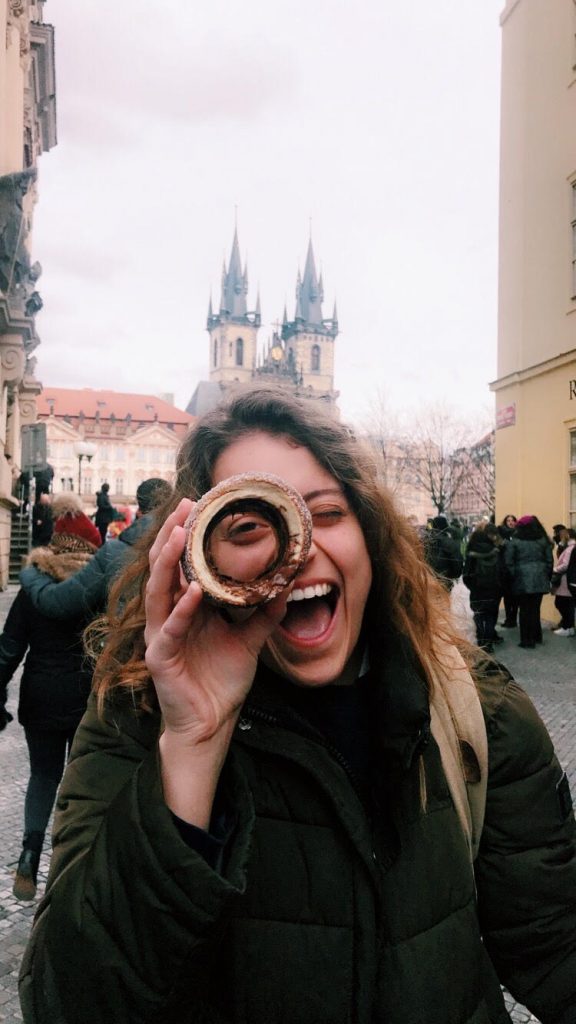




You must be logged in to post a comment.